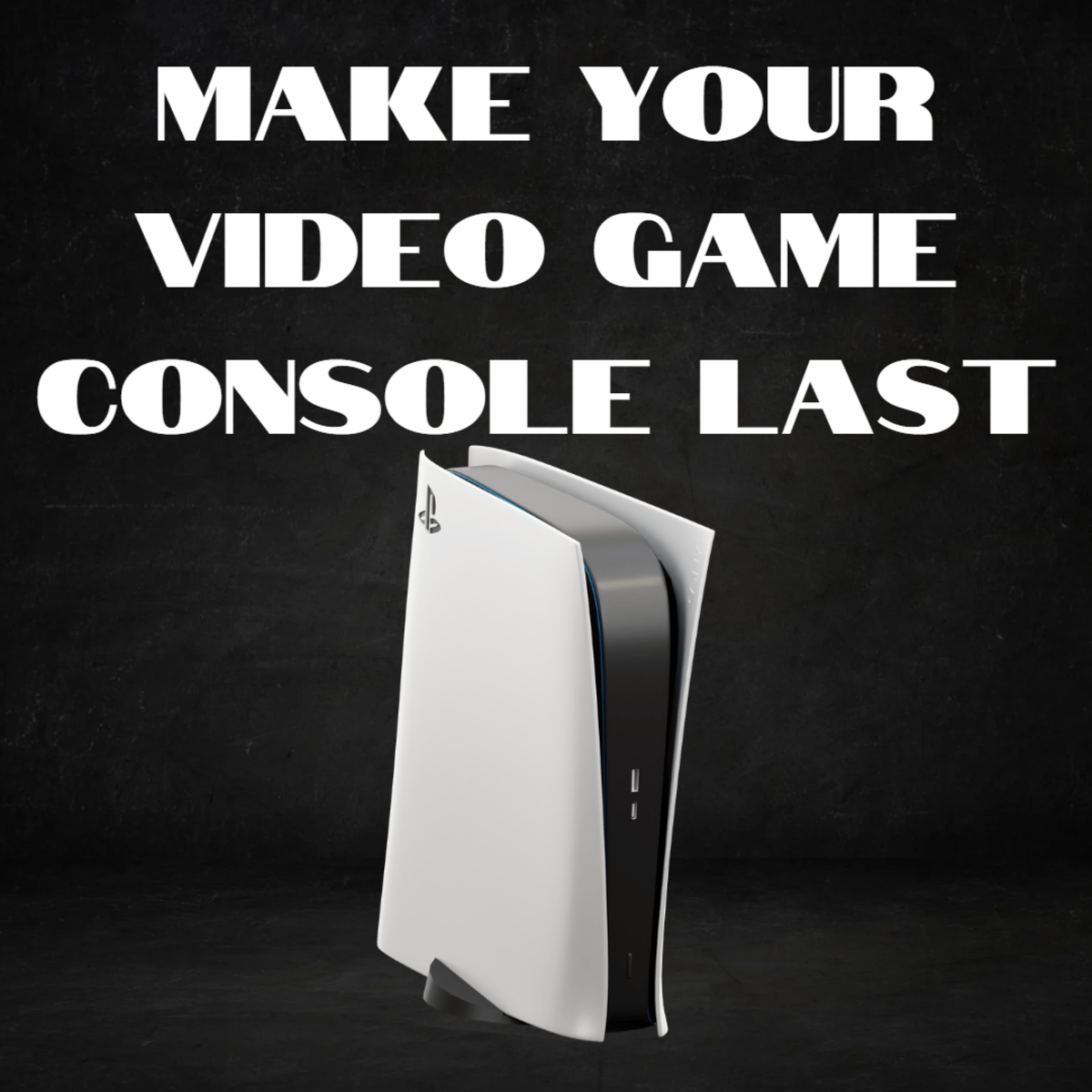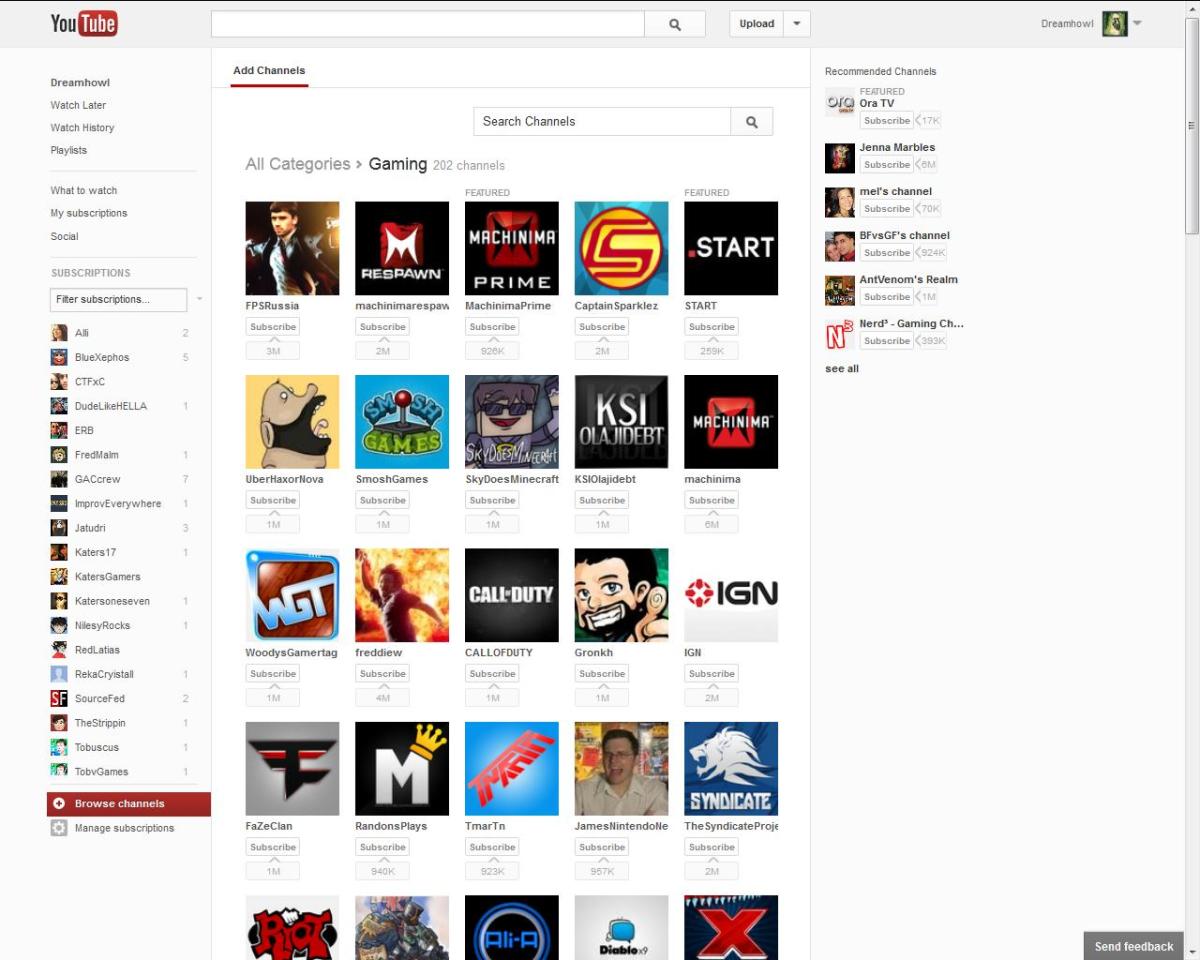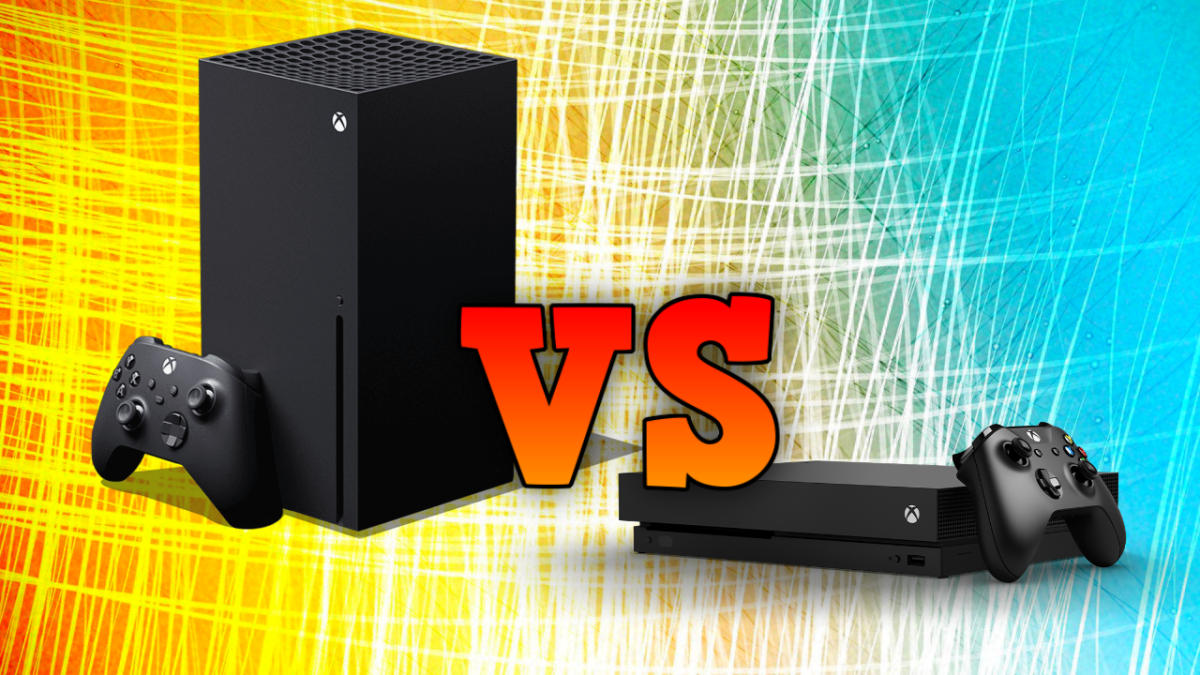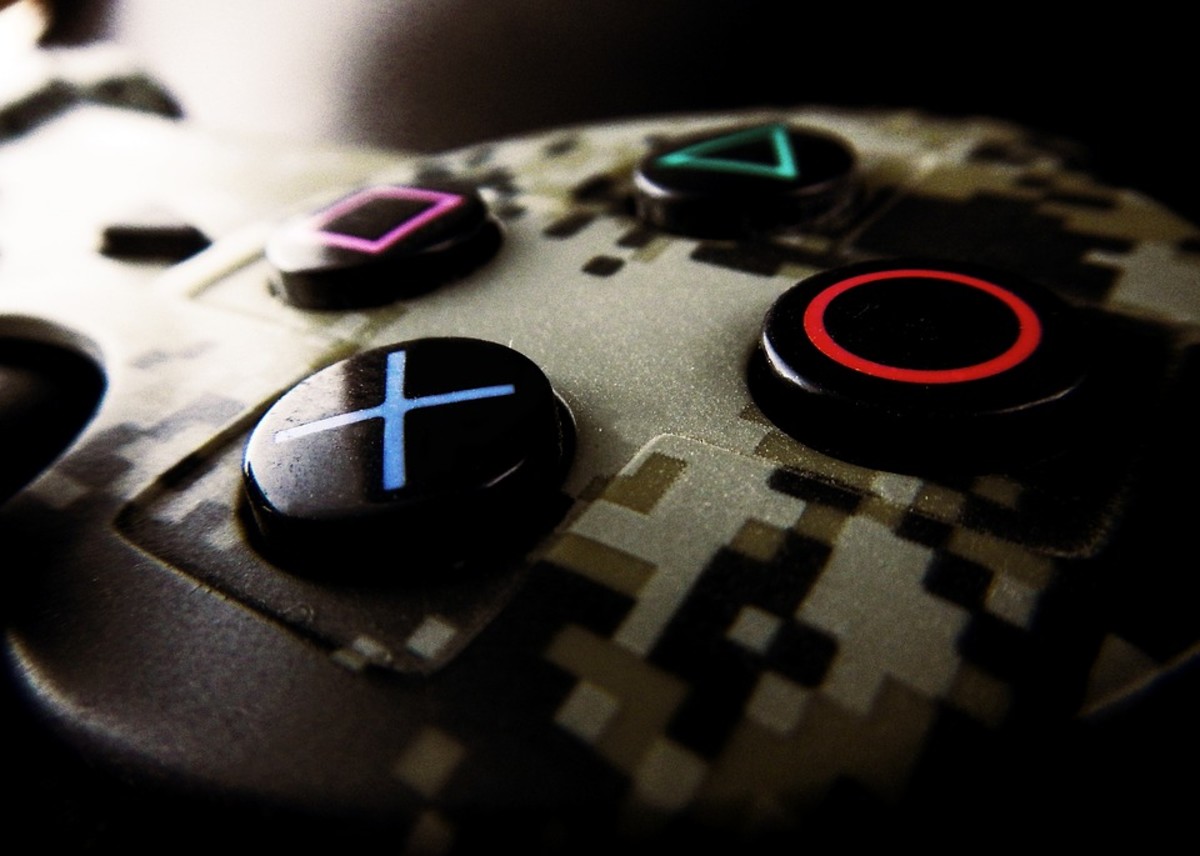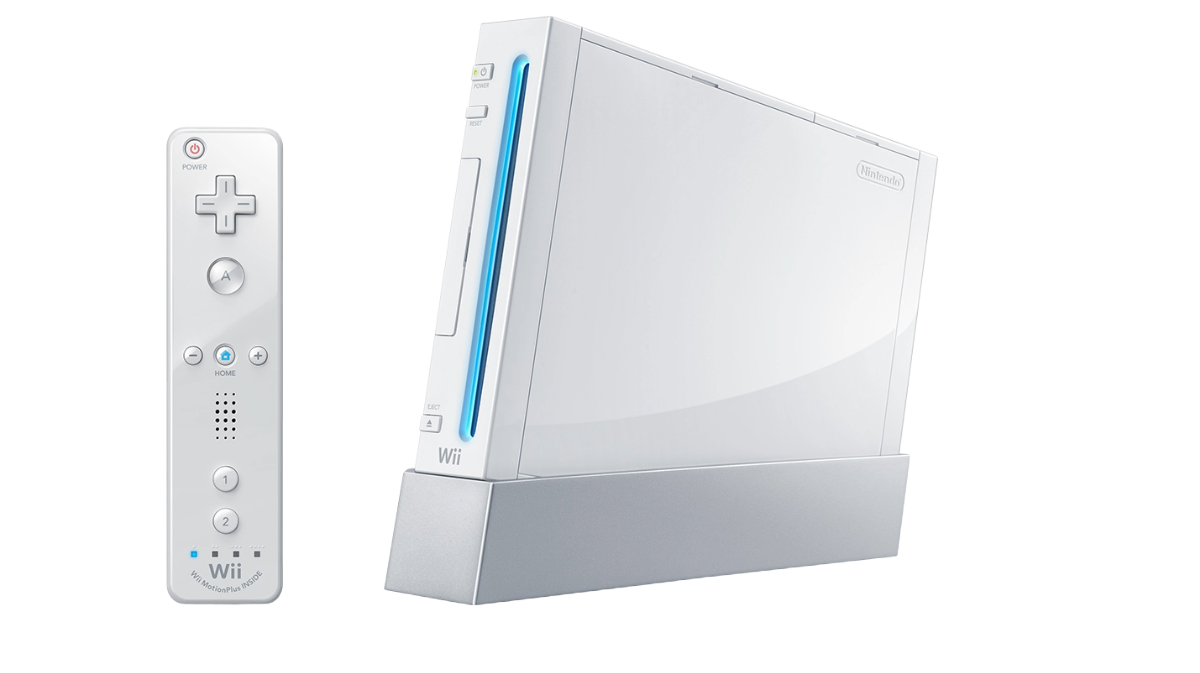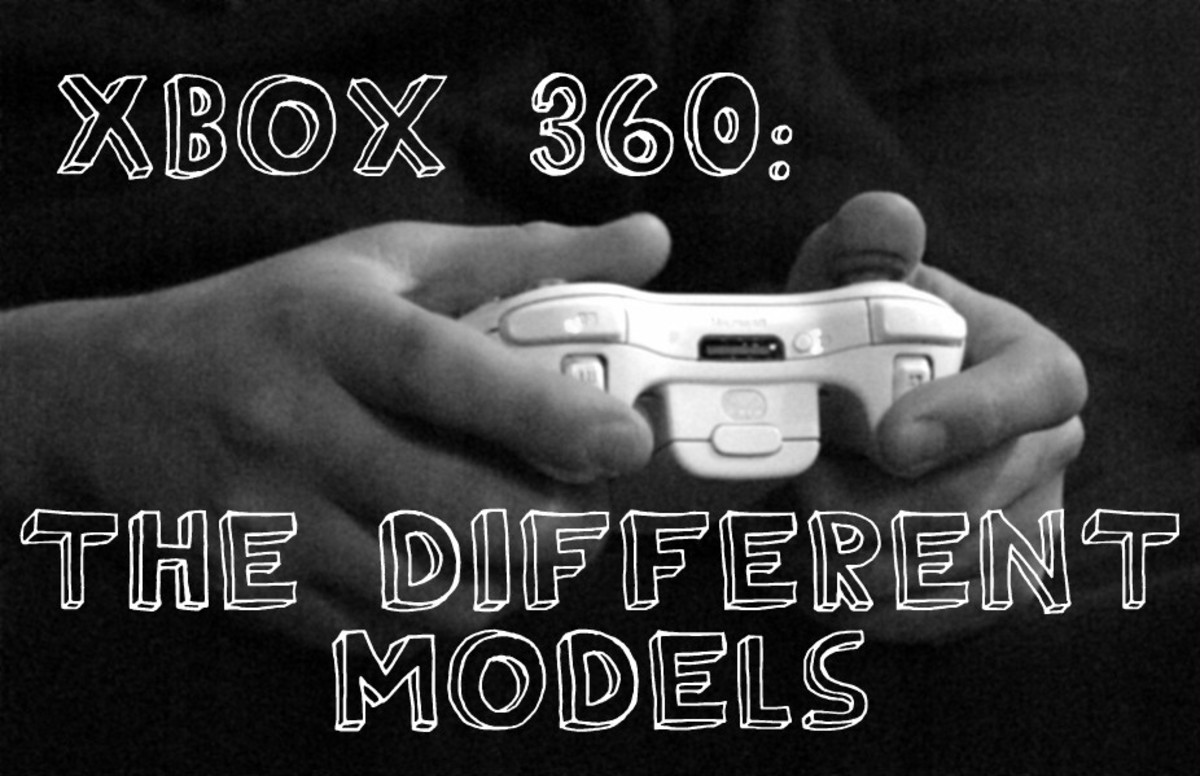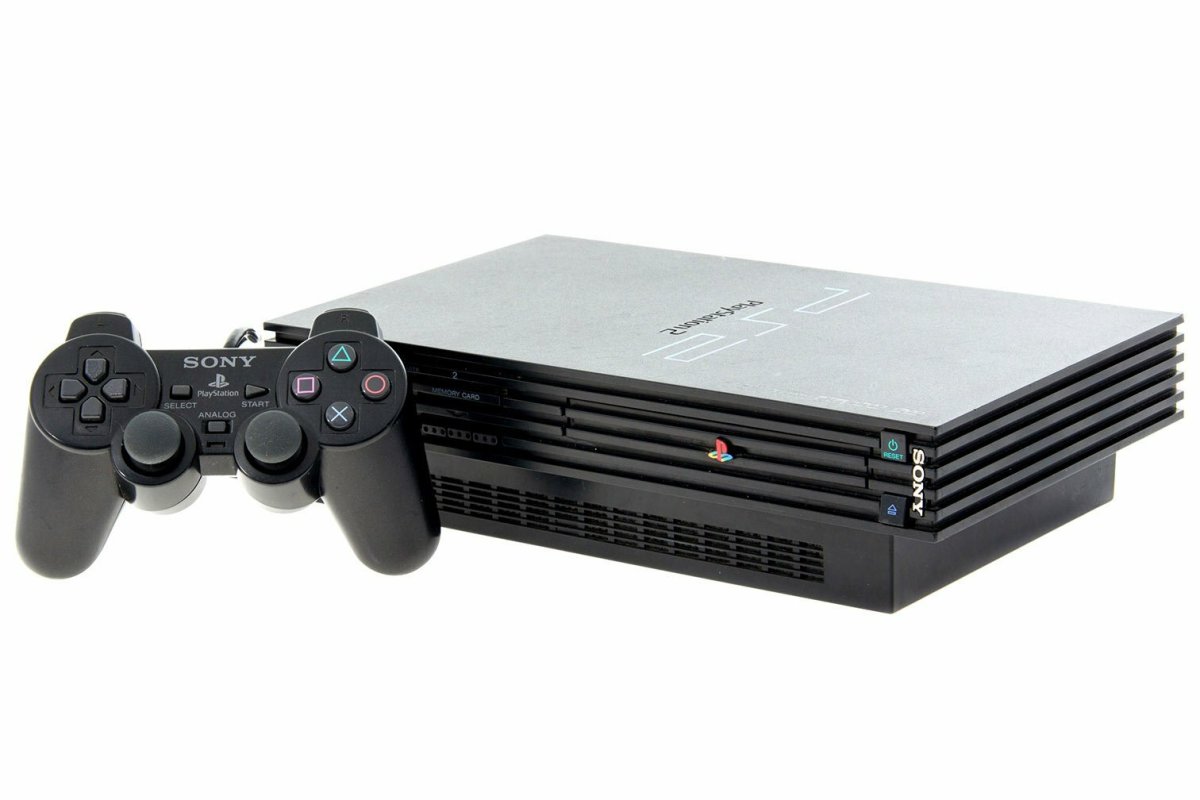The essential next gen video game console buyer's guide

Video game consoles are the best deal
Many people have purchased smart televisions and smart dvd/bluray players in hopes to get the same interactive experience as video game consoles. These experiences always come up short, with minimum memory to support high definition experiences and long connection times, which suggests these additions were an afterthought to increase the price. Offering a bare minimum scaled down version of its console brethren, smart televisions and small consoles become quickly insignificant when introducing the new wave of video game home consoles, that are both a convenient and a fun way to interact with our favorite programs.
The real shame comes in the price differential. Picking up an older console like the Playstation 3 will quickly outperform any smart television available on the market today, simply because it was designed to stream internet quickly, with online gaming in mind. This "Last Gen" console will run you $200 or less depending on how it's ordered. Smart Television features will run anywhere between $400 and $800 depending on the screen size. Having picked up an LG Television with 1080p display, 240hz high resolution at Walmart, the smart television version was about $400 more. It's reminiscent of the DVD player in the television units that were seen over a decade ago, adding a substantial price to these units.
Some don't like change
The most popular recant is people refusing to use a controller to pick their apps and move through selection screens. In all cases, users will quickly find that having fluid controls and selection options is both simpler and better than the traditional chocolate bar design. With little time, the user doesn't even have to look at the controller, as it is conveniently spelled out on the screen, as it should be. Switching to this will quickly discourage those not comfortable with "change" and the old school opinion of "games are for kids" will likely keep many from upgrading. That's not to suggest that the remote isn't preferable in some circumstances.
In the case of the more expensive Xbox One, the user can control the whole experience with their voice.
Playstation 4 vs Xbox One vs Wii U comparison
Playstation 4
| Xbox One
| Wii U
| |
|---|---|---|---|
Typical Resolution
| 1080p
| 720p - 900p
| 1080p
|
Memory
| 8GB
| 8GB
| 2GB
|
Video game previews
| Poor
| Excellent
| Good
|
Performance
| Excellent
| Good
| Poor
|
Games
| Good
| Fair
| Excellent
|
Indie Game Selection
| Excellent
| Poor
| Good
|
Streaming Video (Netflix)
| Excellent
| Good
| Excellent
|
Need another harddrive?
| Yes
| Yes
| Yes
|
Average game size
| 40GB
| 30GB
| 4GB
|
Hard drive/Flash Size
| 500GB
| 500GB
| 8-32GB
|
How many digital games fit?
| 10-12
| 12-16
| 6-8
|
Wifi connection
| Excellent
| Excellent
| Good
|
Apps Supported
| Good
| Excellent
| Poor
|
Improves cable experience?
| Nope
| Yep
| Nope
|
Controller comfort
| Poor
| Excellent
| Good
|
Controller battery life
| 8 hours
| 20-30 hours
| 60-70 hours (pro)
|
Observations are based on personal experience
Some things to think about
It's always important to list out those weaknesses of each gaming console, so this doesn't appear as a "paid for" article, simply trying to acquire new customers. Being independent, we have the freedom to greatly criticize the console experiences with no one looking over our shoulder, giving you genuine feedback.
So here are the facts, there are problems with the console experience that will likely never be addressed.
1. The constant need for updates (sometimes very long waiting times)
Playstation 4 (3) has tried to remedy this by offering 2AM console updates nightly, which is typically turned on during the initiation steps. This has given people the illusion that little or no updates are required. Xbox One has no such features (yet). Wii U rarely updates.
2. Xbox One limits applications on their interface.
This is particularly frustrating when opening Amazon Video and attempting to rent or buy a movie. Microsoft has turned these options off so that users can use their xbox video and additional services. Playstation 4 and Wii U give the user complete freedom.
3. Playstation 4 doesn't tell enough about its games
Finding a screenshot or preview on Playstation 4 seems clunky, rarely offering videos of experiences before making a purchase. In comparison, Xbox One always offers 1 or 2 videos, along with the accompanying Twitch video feeds, so making a purchase decision is very simple. Wii U offers video and screenshots of almost all of its games, or within a couple days of a release.
4. Xbox One has no prices.
Both Playstation 4 and Wii U give the user many opportunities to see the price and/or sale price up front. Xbox One waits until the very end, when the user is ready to click to purchase. This can be frustrating, because clearly the user would not consider something without first seeing the price. It's an interactive price gouging mechanism, limiting trust from a user perspective.
5. Wii U does not come standard with a pro controller
Wii gives everyone a touch pad, similar to an ipad mini with buttons. This is great and all, but can be hunky when simply trying to play a game on the screen. Nintendo does some creative things with the controller introducing some compelling experiences, but when you're ready to play Mario Kart 8, using the pro controller is the best. To alleviate the expense, the Wii U supports pretty much any controller in the Nintendo family, so there is no immediate need to buy more.
6. Playstation 4 controllers can get uncomfortable.
In Sony's best interest to keep the controller tied in with their previous models, they've opted to include the control sticks on the bottom, inconveniently closer together than the others. After long game sessions, this is quickly realized and can put a lot of strain on your thumbs. In comparison, both the Xbox One and Wii U pro controller are comfortable, offering little strain with the thumbs barely out of relaxed fist position. Xbox One clearly has the highest quality design, hands down (no pun intended).

Purchase recommendations
It was just the end of 2013 that Wii U joined the gaming world and the end of 2014 that the Playstation 4 and Xbox One did the same. The last generation lasted about 7-8 years, suggesting that these consoles will be relevant for a long time. In comparison, smart phones are usually forgotten or phased out within 2 years, so it's good to see that an investment like this will last longer than most technology. Some may consider buying more than just one console, in order to get the free games offered from annual subscriptions.
With that in mind, getting an external hard drive may creep up quicker than realized. External hard drives that have their own plugs are supported by all three consoles. Getting a 1 or 2 terabyte of space will usually run $60-100, so it's never too early to keep those in your search engine, ready when a price drop occurs.
If you have many family members, getting an extra controller should be considered. Minecraft is the number 1 selling game on consoles, but is best enjoyed as a social experience. Buying that extra controller can be expensive, running anywhere between $50 to $70 depending on the options.
It doesn't make much sense to wait until the end of a console's life to finally buy all the additions at a discounted price, especially if there were several years where it would have been a benefit. In all actuality, the money spent correlates with the time spent. Eventually, these consoles will be upgraded in a decade and the previous models will be phased out. Online support for these games will end, rendering the console as a limited paper weight, so consider wisely before waiting several years for the right price.


